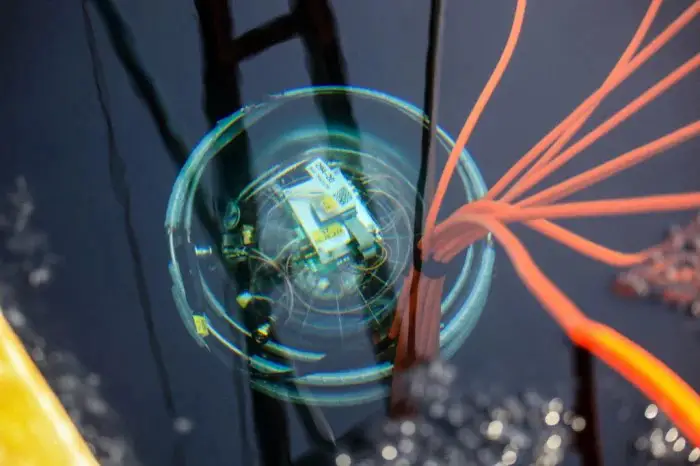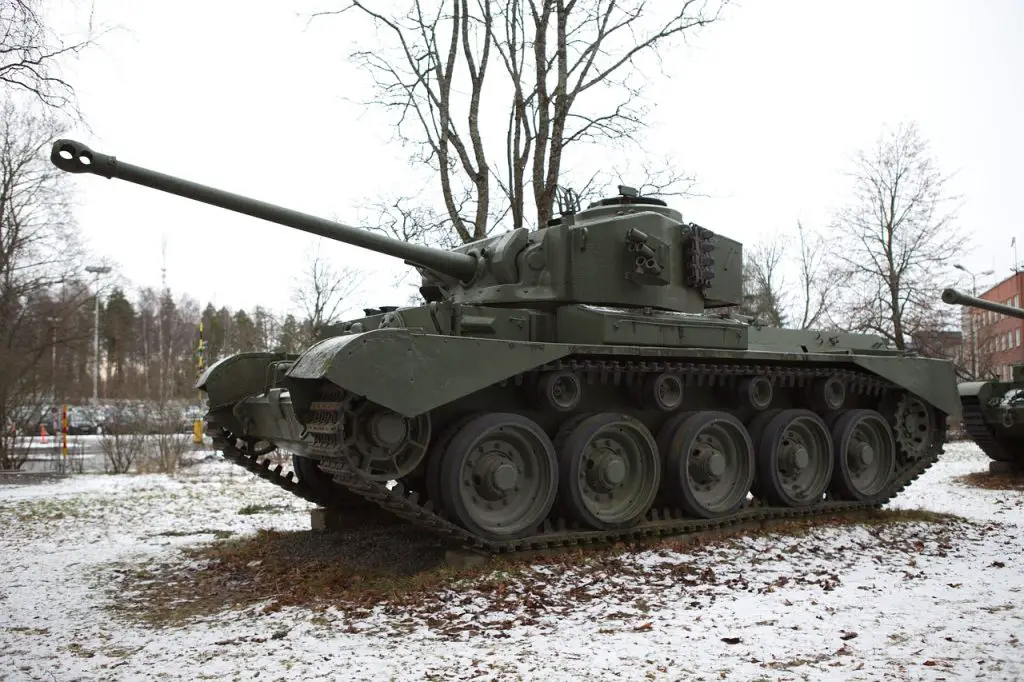 cientists still believe that finding an answer to the meaning of life stands within the material that all things are made which are small particles. Despite how big the Universe may be, it is conceptualized by an almost infinite number of particles, and like all things, they come in different sizes. Since the 20th century, scientists believed that the smallest particle is the foundation of everything that is around us and especially all organisms on our planet.
cientists still believe that finding an answer to the meaning of life stands within the material that all things are made which are small particles. Despite how big the Universe may be, it is conceptualized by an almost infinite number of particles, and like all things, they come in different sizes. Since the 20th century, scientists believed that the smallest particle is the foundation of everything that is around us and especially all organisms on our planet.
Finding the smallest particles may help scientists perform some reverse engineering on the smallest particle to find out more about how the universe had been crafted. This could answer a million questions, but most importantly, the way that we can create new resources from the smallest particle.
What is the smallest particle?
According to Don Lincoln, a senior scientist at Fermi National Accelerator Laboratory, the smallest particle from a nonzero mass perspective is known as the neutrino. The closest particle to come to the size and mass of a neutrino is an electron which although has a near-zero mass, actually weighs 500,000 times more than a neutrino. It is estimated that the Universe was created 13.8 billion years ago through the “Big Bang Theory”, opening the world to be crafted by these small particles.
It is quite difficult to describe how insignificantly small but important this particle actually is, however, Lincoln does offer a sense of scale:
“A typical virus particle is about 250 to 400 nanometers long (a nanometer is a billionth of a meter or 10^-9 m), and the typical atomic nucleus measures about 10^-14 m (0.00000000000001 m). That means an atomic nucleus is as small to a virus as a virus is to us.” (Quote by Don Lincoln)
The particle accelerator that Lincoln works with is one of the best in the world, but even so, it can only measure particles 2,000 times smaller than protons. This means that science is still not able to accurately say how small a neutrino is, but they at least know that it is the smallest particle. To give you a bit more sense, an electron weighs 511,000 electron volts, and a Proton weighs around 938 million electron volts.
In the search for the smallest particle
Due to the small size of the particle, a special telescope was required. The production of this telescope started in 2015, the problem what that it needed to be a lot smaller than the ones that NASA uses, but at the same time a lot more powerful in order to see at a subatomic level. It was only at the start of this year that the telescope was finished and ready to be sunken into Lake Baikal, also known as the deepest and the oldest lake in the world located in Southern Siberia.
The Lake is estimated to be around 25 million years old and it is said to house over 1,000 unique species of fish. Who knows, maybe the telescope might find something else in this interesting yet mysterious lake.
You may think, if neutrinos are the foundation of everything we see around, why are they so difficult to find? This is because of their lack of electron volts, due to this they interact very little with the forces around them, making them very hard to detect. Lake Baikal is the perfect place as it is deep enough and it is mostly a frozen lake, blocking cosmic rays, therefore making it an environment where neutrinos are more likely to interact and be detected.
On the 13th of March, 2021 the telescope was launched into Baikal Lake at a depth of 1,310 meters (4,300 feet) which according to the scientist should be low enough for the telescope to see neutrinos based on the atmospheric pressure at that depth. The bottom of the lake is estimated to be at around 1,637 meters (5,370 feet). Here is a clip showing a better explanation of how the telescope actually works in practice and also showing the scientists lowering the telescope into water.
The telescope detected neutrinos, but this isn’t really significant as now scientists have the difficult job of analyzing this small particle, and due to its size, it requires even more specialized equipment that will take years to develop and produce. Nevertheless, seeing strives within the scientific world more and more often surely gives us hope for a better future, especially when 20th-century scientific theories are finally put into viable practice.
Since the 1930s, scientists have been using only particle accelerators to understand the structure of particles. We cannot deny that they have identified a lot of vital information, but maybe our human abilities are limited to see beyond what these particles behold, especially on a subatomic level. That is why at the start of this year Physicians started analyzing neutrinos using supercomputers.
These supercomputers have an enormous processing power that can solve equations in minutes that would take humans years. I do believe that the future of scientific research stands in the hands of these supercomputers and other sources of artificial intelligence.
Avid Writer with invaluable knowledge of Humanity!
Upcoming historian with over 30 million views online.
“You make your own life.”





